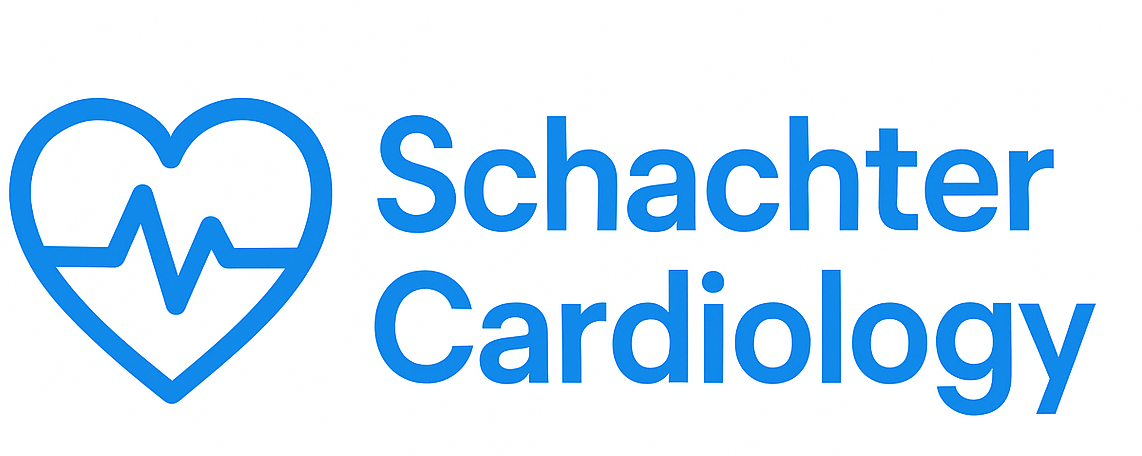The Role of Telehealth in Cardiovascular Care: Revolutionizing Heart Health Management
Introduction
In the digital age, the integration of technology into healthcare has transformed how we approach medical care, particularly in the field of cardiology. Telehealth, defined as the delivery of healthcare services through telecommunications technology, has emerged as a crucial tool in managing cardiovascular health. This blog post explores how telehealth is reshaping patient experiences, enhancing accessibility, and improving outcomes for those with heart conditions.
What is Telehealth?
Telehealth encompasses a broad range of technologies and services that provide virtual care. From video consultations to remote monitoring devices, telehealth allows patients to engage with healthcare providers without the need for in-person visits. This approach is particularly beneficial for patients with chronic conditions, such as heart disease, who require ongoing management and monitoring.
The Rise of Telehealth in Cardiology
The COVID-19 pandemic accelerated the adoption of telehealth services, as many patients sought to avoid potential exposure to the virus in healthcare settings. Cardiologists quickly adapted to this new method of care delivery, recognizing its potential to maintain patient engagement and continuity of care.
Benefits of Telehealth for Cardiovascular Patients
- Accessibility: Telehealth breaks geographical barriers, allowing patients in remote or underserved areas to access specialized cardiac care.
- Convenience: Patients can schedule appointments at their convenience, reducing travel time and associated costs.
- Continuity of Care: Regular follow-ups and monitoring can be conducted without the need for in-person visits, enhancing patient adherence to treatment plans.
- Improved Patient Engagement: Telehealth encourages patients to take an active role in their healthcare, leading to better outcomes.
Telehealth Technologies in Cardiology
Several technologies have been integrated into telehealth platforms to facilitate cardiovascular care:
- Wearable Devices: Devices that monitor heart rate, blood pressure, and other vital signs can transmit data to healthcare providers in real time.
- Mobile Health Apps: Apps provide educational resources, medication reminders, and tools for tracking symptoms, empowering patients to manage their conditions more effectively.
- Video Consultations: Secure video conferencing allows for real-time interactions between patients and cardiologists, making consultations more personal and effective.
Challenges of Telehealth in Cardiology
While telehealth offers numerous benefits, it also presents certain challenges:
- Technology Barriers: Not all patients may have access to the necessary technology or reliable internet connections.
- Regulatory Issues: Different states have varying regulations regarding telehealth, which can complicate care delivery.
- Patient Reluctance: Some patients may prefer in-person visits or may be hesitant to use technology for their healthcare.
Future of Telehealth in Cardiovascular Care
As telehealth continues to evolve, its role in cardiology will likely expand. Innovations such as artificial intelligence (AI) and machine learning can enhance data analysis, leading to more personalized care. Furthermore, ongoing research will help to establish best practices and guidelines for telehealth in cardiovascular settings.
Conclusion
Telehealth is revolutionizing the way we manage cardiovascular health, offering increased accessibility, convenience, and improved patient engagement. As technology continues to advance, its integration into cardiology will play a pivotal role in shaping the future of heart health management.
Disclaimer
This blog post is for informational purposes only and should not be considered medical advice. Always consult with your healthcare provider for personalized recommendations regarding your health.
Disclaimer: This article is for educational purposes only and does not constitute medical advice. Always consult a qualified healthcare professional.
